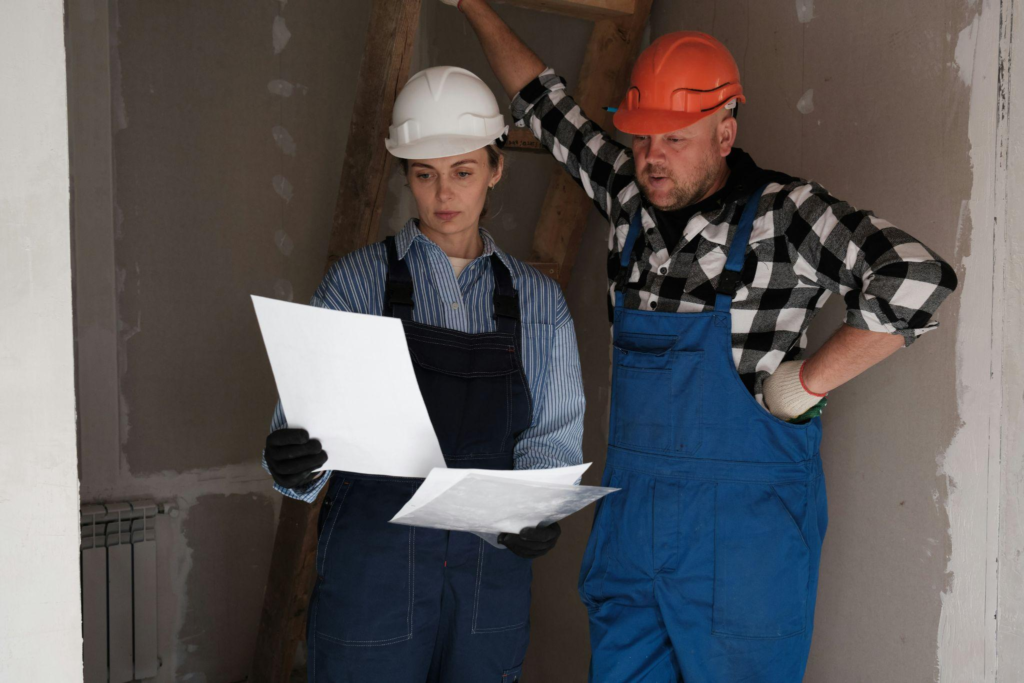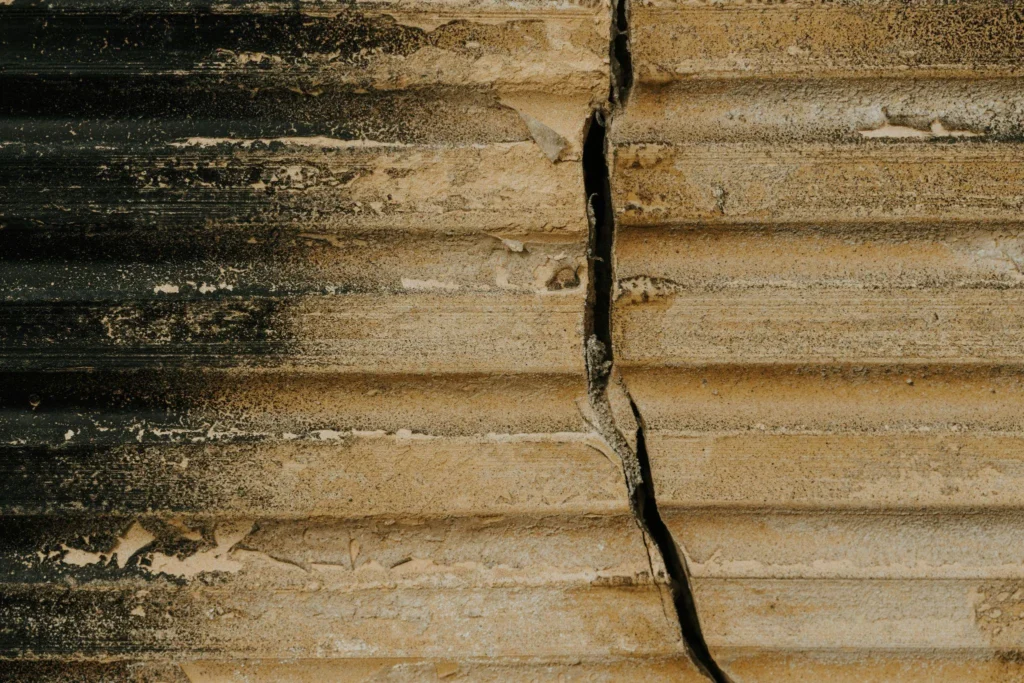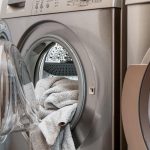When embarking on a construction project, whether for a home or business, most people focus on upfront expenses. However, the hidden costs of poor construction can quickly outweigh any initial savings. Subpar materials, inadequate design, and inefficient insulation can lead to long-term financial burdens, including rising energy bills, costly repairs, and structural issues. One of the most overlooked yet crucial components of a well-built structure is insulation. Without proper insulation, heating and cooling systems work harder, leading to excessive energy waste. Pole barns insulation is one of the many solutions that help maintain a stable indoor climate, preventing energy loss and reducing long-term operational costs.
The True Cost of Cutting Corners in Construction
Opting for lower-cost materials or hiring inexperienced contractors might seem like a way to save money, but these decisions often come with consequences. Buildings constructed with inferior materials are more susceptible to:
- Structural Damage – Poor-quality wood, concrete, or steel can lead to foundational cracks, leaks, and weakened load-bearing walls.
- Increased Maintenance Costs – Cheap roofing, siding, and insulation materials degrade faster, requiring frequent replacements.
- Higher Utility Bills – Inefficient insulation and air leaks cause heating and cooling systems to work overtime, drastically increasing energy consumption.
- Safety Hazards – Subpar electrical wiring and plumbing can lead to fire risks, mold growth, and water damage.
- Lower Property Value – Buildings with construction flaws, including poor insulation, often see a decrease in market value and reduced buyer interest.
Why Insulation Matters More Than You Think

Among the most underestimated aspects of construction is insulation. A well-insulated building not only retains heat during winter and cool air during summer but also minimizes moisture buildup, preventing mold and mildew. According to the U.S. Environmental Protection Agency, proper insulation can save homeowners and businesses up to 20% on heating and cooling costs annually by reducing energy waste and improving building efficiency.
Poor insulation choices can result in:
- Condensation Problems – Insufficient insulation in barns, warehouses, and industrial buildings leads to condensation buildup, causing wood rot and metal corrosion.
- Temperature Instability – Without adequate insulation, rooms fluctuate between extreme temperatures, making spaces uncomfortable and inefficient.
- Environmental Impact – Energy waste from poorly insulated buildings contributes to higher carbon emissions and a larger ecological footprint.
- Increased Wear and Tear on HVAC Systems – Heating and cooling systems must work harder to compensate for temperature losses, leading to increased maintenance and reduced lifespan of equipment.
- Poor Indoor Air Quality – Insufficient insulation can allow pollutants and allergens to enter buildings, negatively impacting health and productivity in workplaces.
The Long-Term Benefits of Investing in Quality Construction
While the initial investment in high-quality materials and skilled labor may seem expensive, the long-term savings are substantial. Prioritizing energy-efficient insulation, durable roofing, and well-sealed windows can prevent recurring costs down the line. Businesses, in particular, can see a reduction in operational expenses, while homeowners can increase property value and comfort levels.
Governments and environmental agencies advocate for sustainable construction practices. Many states offer tax credits and incentives for upgrading to energy-efficient building materials, making it financially beneficial to invest in high-performance insulation solutions.
Additionally, property owners who invest in quality construction benefit from:
- Reduced Insurance Premiums – Buildings with proper insulation and durable materials are less prone to damage, leading to lower insurance costs.
- Improved Soundproofing – Quality insulation helps in noise reduction, making homes and offices quieter and more comfortable.
- Better Resale Value – Buyers are increasingly prioritizing energy-efficient homes and businesses, making high-quality insulation an attractive selling point.
- Future-Proofing – As regulations around energy efficiency become stricter, having a well-insulated structure ensures compliance and long-term sustainability.
How Businesses Can Avoid the Pitfalls of Poor Construction

For businesses, poor construction can have severe consequences beyond increased costs. Employee productivity can suffer if the working environment is uncomfortable due to fluctuating temperatures, excessive noise, or poor air quality. Additionally, inadequate insulation in commercial buildings can lead to inventory damage, particularly in temperature-sensitive industries such as food storage and pharmaceuticals.
To avoid these pitfalls, business owners should:
- Conduct Thorough Planning – Before construction begins, work with architects and engineers who understand energy efficiency.
- Use High-Quality Insulation – Investing in premium insulation materials helps regulate temperature and reduce long-term costs.
- Regularly Inspect Buildings – Routine maintenance checks can catch issues before they become expensive problems.
- Seek Professional Contractors – Partnering with reputable builders ensures that construction meets regulatory standards and long-term durability requirements.
The true cost of poor construction extends far beyond the initial price tag. Cutting corners on materials, labor, and insulation can lead to skyrocketing maintenance costs, safety risks, and decreased energy efficiency. By prioritizing high-quality building solutions, homeowners and businesses can ensure long-term savings, safety, and sustainability. Investing in well-designed, properly insulated structures isn’t just about comfort—it’s about financial and environmental responsibility. In the end, making the right choices during construction ensures a durable, efficient, and cost-effective future for any property.







